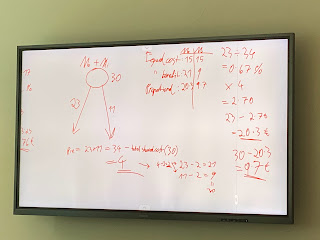World Politics Session 9 and 10
Today, we reviewed what we learned last week about International Organisations and how the taxonomy works between public and private international organisations, including the scopes, the functions, the specific purposes. The IO have no right or power to decide the law, they are going to support governments in doing that and the government go back and sign it and the ratification process works out within their respective parliaments. The principal-agent problem happens usually when there is a conflict of interest between the owner/shareholder and the people hired to do the work for them. For example: The workers wants to have a higher salary and become more ambitious without much care for the risk as the employer and obviously, the employer wants to limit it. This problem is prevalent in many international organisations. Frameworks and mechanisms in International Organizations can also help in solving conflicts, like a government can sue each other in the World Trade Organization Dispu...
